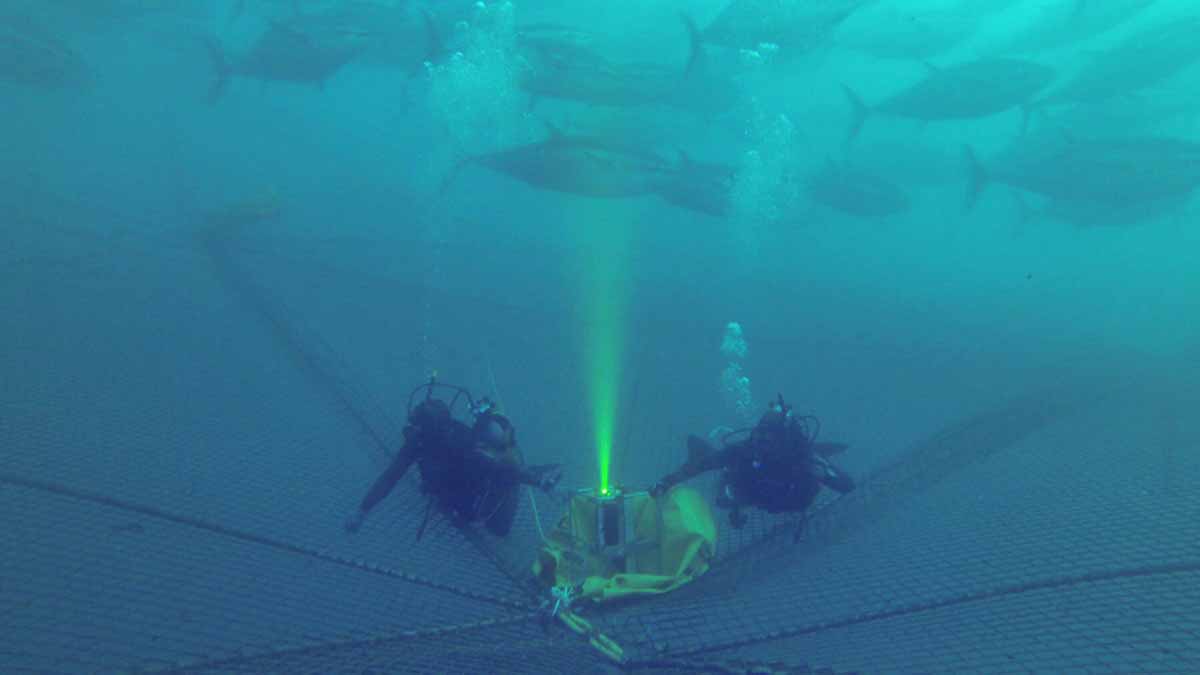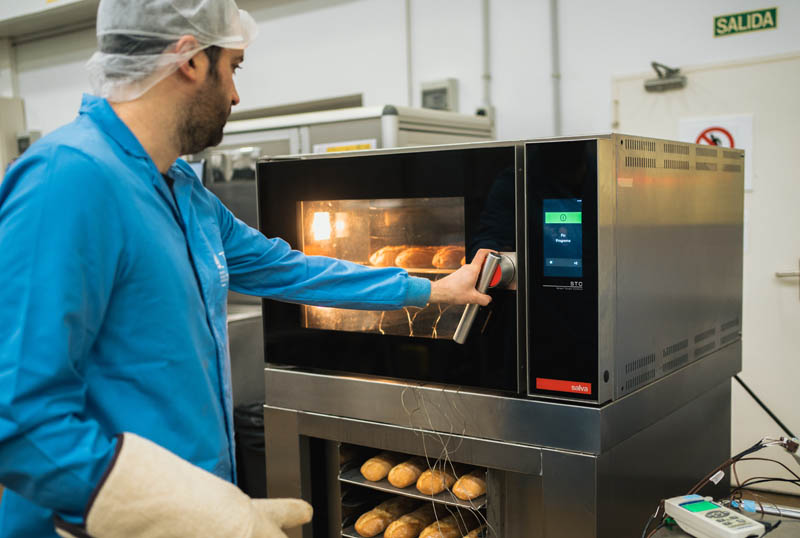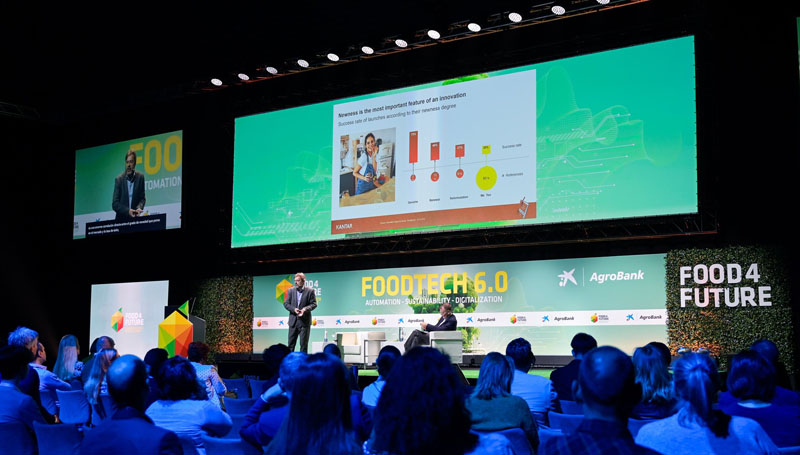Towards digitalisation of fisheries
Últimas noticias
Una mirada LGTBIQ+ al reino animal
Circular Economy in Action: Valorisation of By-products through Projects like PRIMA NEWFEED
Strategic Perspectives: Highlights from the Food4Future World Summit for Business Leaders
Jose A. Fernandes, Ainhoa Caballero, Iñaki Quincoces y Gorka Gabiña. Experts in fisheries digitalisation
There is a move towards automation of the data collection process in the tertiary sector that can improve its management and efficiency. Examples in the fisheries sector are vessel monitoring systems (VMS) and the electronic logbook. However, some of this data collection remains manual. Even in the most industrialised fisheries, the main criteria that both crew and vessel owners take into account to guide their operations are estimates derived from accumulated experience, but without data analysis to share experience and make the most of it. In this scenario, there are four main keys that can explain the slow integration of digital technology in the sector: upfront costs and insufficient access to capital; legal and bureaucratic barriers; failure to implement data collection standards; and, finally, lack of trust and acceptance by fishermen (Bradley et al., 2019).
A commitment to the digitisation of processes will allow the sector to be more competitive, sustainable and resilient in the face of uncertain situations such as legislative changes, or events as unpredictable as the health crisis we are experiencing due to COVID. The use of technology can also contribute to mitigating the effects of climate change, as it allows the development of tools that reduce fuel consumption and carbon footprint. It also allows the development of systems to adapt to environmental changes that can influence the search for fishing grounds. Furthermore, the automation of processes and digitalisation of fishing vessels contributes to greater working comfort.
Data acquisition on fishing vessels also feeds scientific data sources that can be brought back to the vessel through better quota management, predictive modelling of environmental conditions, species distribution and fuel consumption. This closes a cycle of continuous improvement and the vessel indirectly obtains more accurate and complete data. On the other hand, AIoT sensorisation, the integration of artificial intelligence technologies with the internet, is an opportunity for companies in the sector, given that it allows them to improve and accelerate processes. For example, it allows automatic certification of compliance with fishing regulations or fish handling protocols, among other benefits.
In this sense, AZTI participates in different projects that aim to contribute to the digitisation of fishing, from the very processes involved in this activity, the fishing boats themselves, to the collection of information. For example, the SusTunTech project, which focuses on the digitisation of tuna fishing boats to reduce fuel consumption, and therefore associated costs and emissions.

In addition, the technology centre is collaborating in the European research project Smartfish with the aim of optimising resource efficiency and sustainable fishing through the use of cutting-edge technology.
AZTI also works in local programmes such as the EBArtesa, project, funded by the Basque Government, in which a data collection device has been developed in collaboration with the sector, to help improve the management of the Basque artisanal fleet.
It also participates in the development of solutions to minimise fishing effort, such as MarineView™, a tool developed by the company Marine Instruments, which allows oceanographic information to be managed operationally based on AZTI’s scientific advice. The aim is to help quickly identify the best fishing areas, thereby saving time and fuel.
* Bradley, D., Merrifield, M., Miller, K. M., Lomonico, S., Wilson, J. R., & Gleason, M. G. (2019). Opportunities to improve fisheries management through innovative technology and advanced data systems. Fish and fisheries, 20(3), 564-583.







